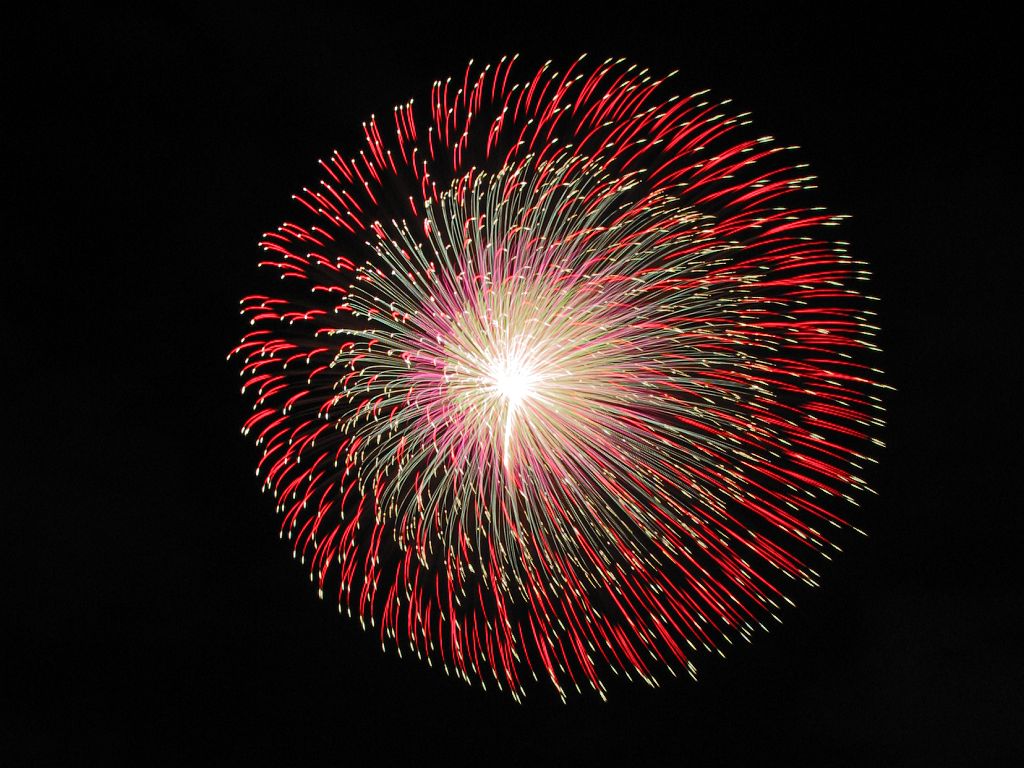
Japanese Fireworks through the years
In the latter half of the 17th century, "Yakata" boat outings on the Sumida River were the ultimate luxury for feudal lords. The first displays on the river consisted of fireworks that were paid for by customers on the boats. In 1732, there was a serious food shortage due to crop failures, and a cholera epidemic resulted in many deaths. The next year, Yoshimune, the Shogun at that time, ordered a large fireworks display to console the spirits of the deceased. This was the beginning of the fireworks display tradition on the river.
Even today in Japan, during a fireworks display, you hear people shout Tamaya!... Kagiya! These are the family names of two famous pyrotechnicians who played a major role in the development of fireworks in Japan. Yahei Kagiya set off 20 bursts during the first Ryogoku river festival in 1733. They were so spectacular that he became famous all over old Edo, and the festival became an event that people looked forward to all year. Originally an apprentice to Kagiya, Tamaya began competing with Kagiya in 1810. From this time on, there was a yearly competition between the two, with Tamaya setting off fireworks from an upstream boat, while Kagiya was in a boat some distance downstream. Tamaya caused a fire in 1843 which burned a substantial part of the city and was expelled from the city. Although the competition between the two men only lasted 32 years, the names are still used by people today to express their thrill at seeing a spectacular fireworks display.
Japanese culture opened up to the world after the Meiji Restoration. Until that time, the only raw material available for fireworks was black gunpowder made from potassium nitrate, sulfur, and charcoal. Therefore, the only color that could be created was red. However, more trade with other countries led to the import of potassium chlorate, used to make matches. This was followed by the import of barium nitrate, aluminum nitrate, and magnesium nitrate and other raw materials for fireworks, enabling Japanese pyrotechnicians to add blue and green to their displays. This signalled the advent of modern fireworks in Japan.
